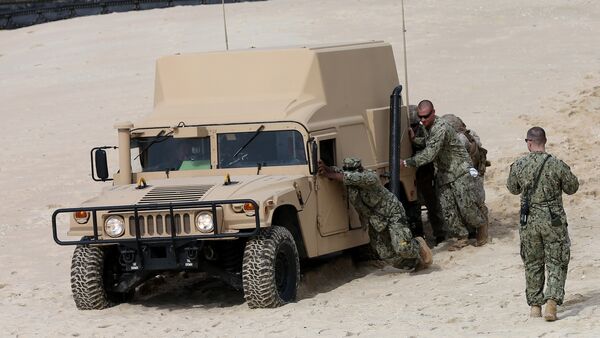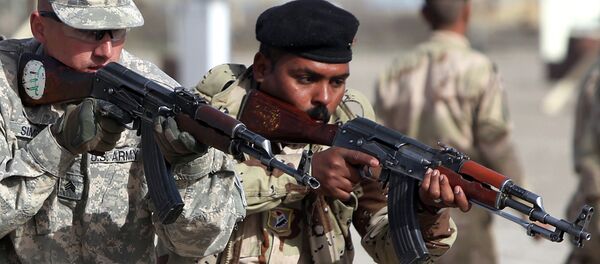The report concluded that the US’ military posture is rated as “marginal” for its Navy, Air Force, Marine Corps and Nuclear power, trending toward “weak”, and is just plain “weak” for the Army.
“The Army’s score dropped from “marginal” last year to “weak” this year, a development that can be attributed primarily to a drop in capacity, as the Army has fewer BCTs (Basic Combat Training) ready for deployment abroad. The Army’s capability and readiness scores remained static over the past year as the service continued to struggle with recouping readiness levels after years of budget cuts,” the analysis says.
The index for the Navy is marginal for capacity, “with scores of “weak” for capability (due largely to old platforms and troubled modernization programs)”.
The US Air Force’s aggregate score of “marginal” is a decline from the 2015 Index score of “strong”, driven primarily by degradation in capability and readiness, it says.
While the fighting competence of the US Marine Corps service is superb, it is hampered by aging equipment; troubled replacement programs for its key ground vehicles (particularly its amphibious personnel carriers); and a shrinking force. The progress the Corps has made in replacing its rotary-wing aircraft has been a notable bright spot in its otherwise uninspiring modernization portfolio.
“Continued reliance on legacy systems such as the B-52 will eventually diminish the effectiveness of the nuclear triad and lead to the degradation of the nation’s strategic deterrence,” the document said.
Commenting on all the above, James Jay Carafano wrote that “that might not be a bad grade for kindergarten kids to bring home. They have a couple of years before they have to apply to Harvard. But, that’s not much to show for a commander-in-chief after seven years of stewardship over America’s military.”
“While there is plenty to debate over how the Pentagon spends our tax dollars and a case to made for serious reforms,” Carafano wrote, “the index makes clear that the mismatch between capabilities and missions is a much bigger problem than just balancing the check book.”
“Since the commander-in-chief has the preponderance of responsibility for providing for the common defense, the nation is going to need a serious presidential team with a serious plan to set things right,” the expert concluded.






